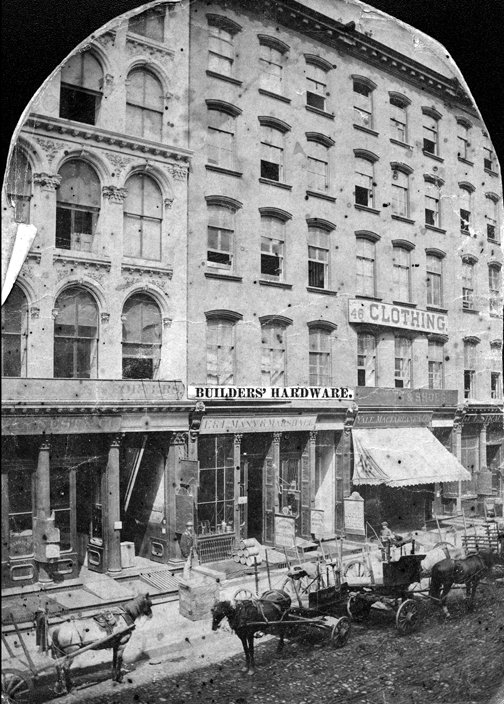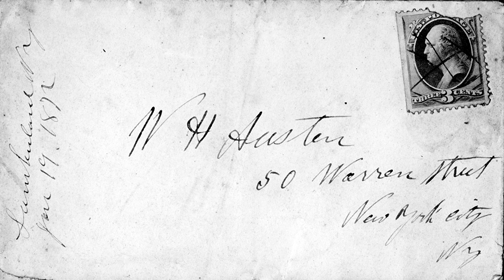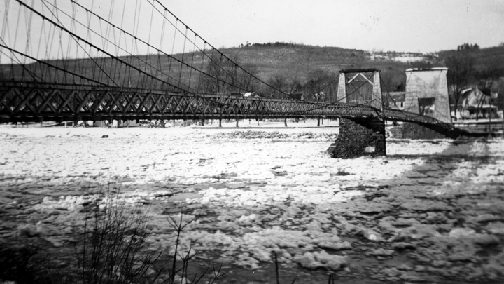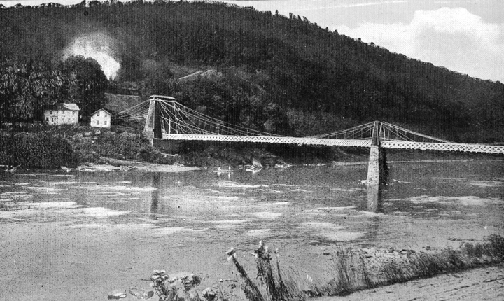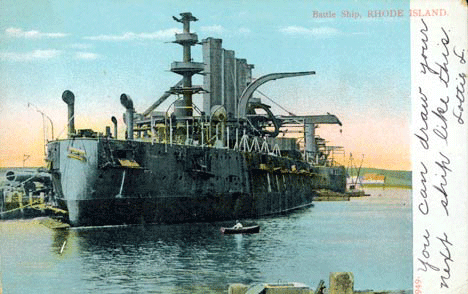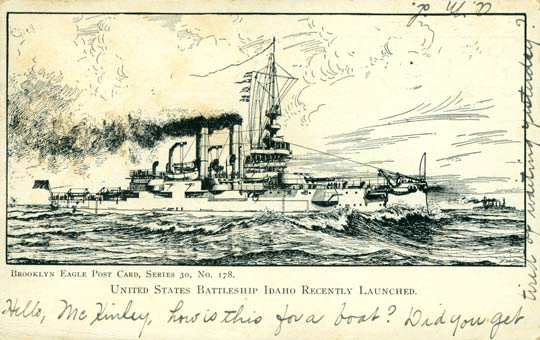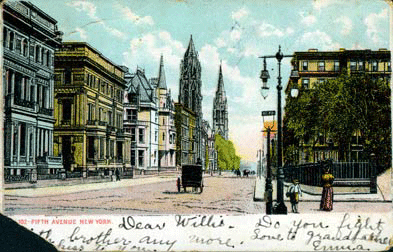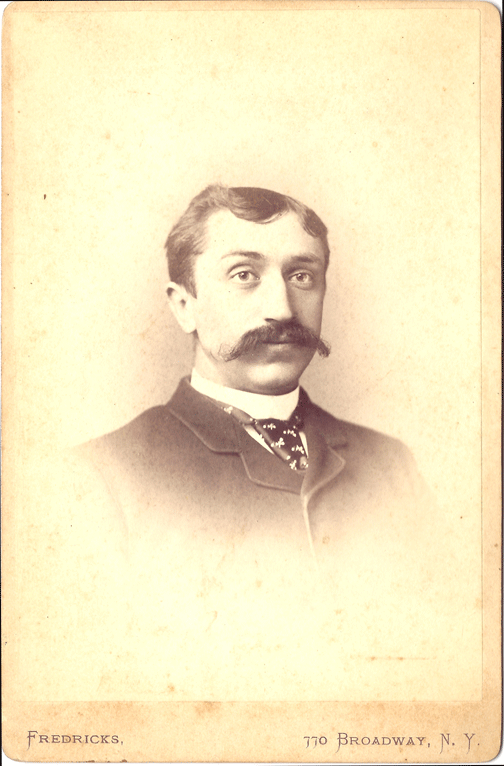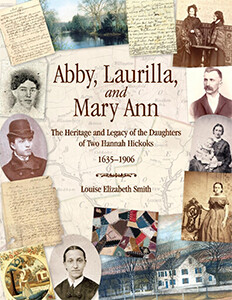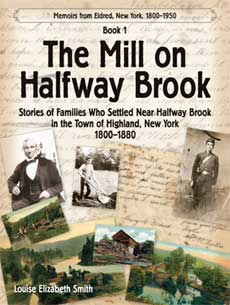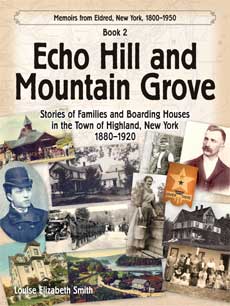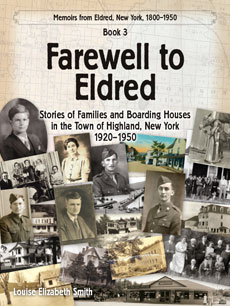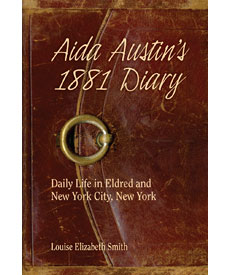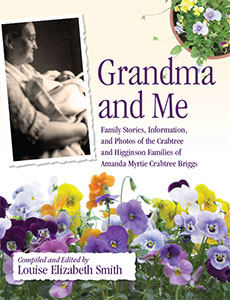Panic of 1873
A series of events led up to the Panic of 1873—a severe nationwide economic depression, which lasted until 1879:
• The Black Friday Panic in September, 1869, mentioned in
an earlier post.
• The October, 1871, Chicago fire and loss of 200 million dollars in property over four-square miles.
• The 1872 Great Epizoötic or equine influenza when there were no horses to pull the street cars or to deliver the coal or wood to locomotives. Fires remained unchecked as there was no way to transport water.
• As there were not horses, the U.S. Army Calvary had to fight on foot, and men ended up pulling wagons by hand, and cargo on ships and trains could not be delivered.
• Gold became the standard in the U.S. in February, 1873, and the value of silver fell.
• There were other factors that played a part in what has also been called, “the long depression,” but they are outside the scope of this book.
—information from www.en.wikipedia.org: Panic of 1873; Long Depression
The Panic of 1873 affected the Depression in 1876. No matter what the cause of the economic woes, my great-grandfather Henry Austin lost his carting business in New York City, in which he had been engaged with his brother.
Henry said his brother could afford to buy into companies they had been doing business with and so rescue himself. William Henry could not. He returned home to Eldred to farm by 1877.


